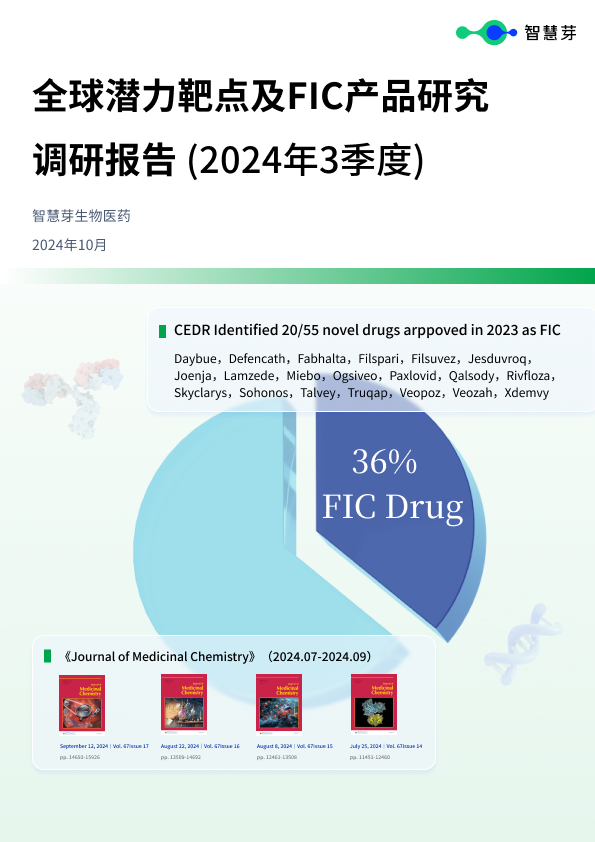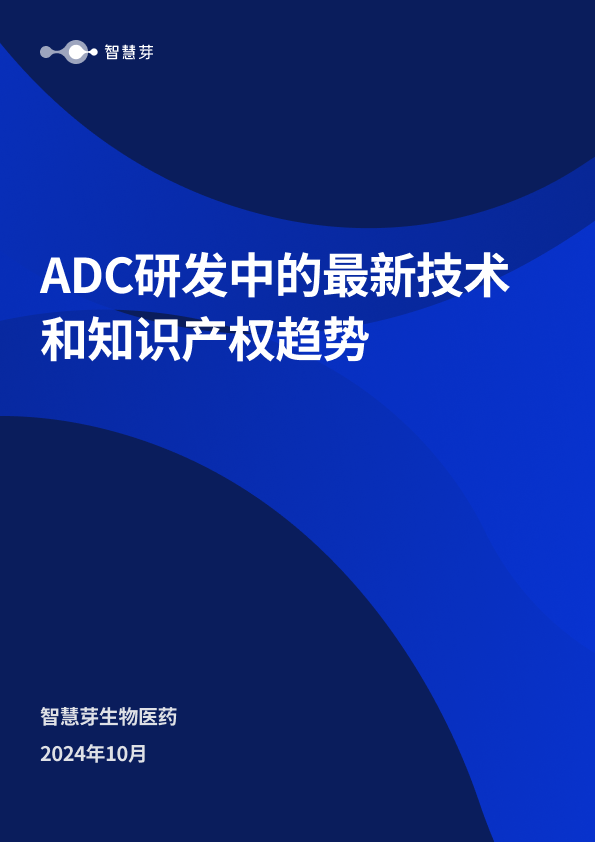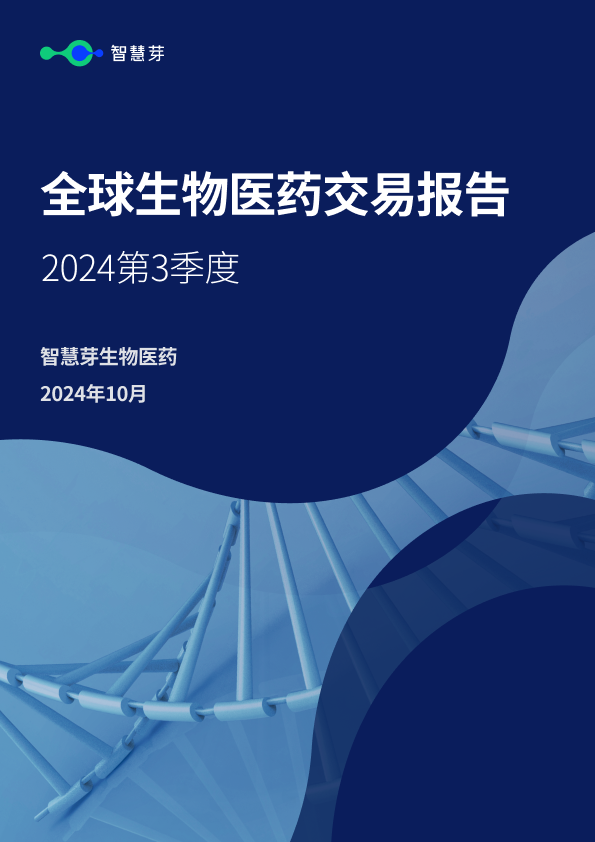RG6501 (OpRegen®) Phase 1/2a Clinical Study 24 Month Results to Be Featured at 2024 Retinal Cell & Gene Therapy Innovation Summit
2024-03-13
细胞疗法临床2期
CARLSBAD, Calif.--(BUSINESS WIRE)-- Lineage Cell Therapeutics, Inc. (NYSE American and TASE: LCTX), a clinical-stage biotechnology company developing allogeneic cell therapies for unmet medical needs, today announced that 24 month results from patients enrolled in a Phase 1/2a clinical study (ClinicalTrials.gov Identifier: NCT02286089) of RG6501 (OpRegen) in patients with geographic atrophy (GA) secondary to age-related macular degeneration (AMD)AMD), will be presented at the 2024 Retinal Cell & Gene Therapy Innovation Summit. The meeting will be held May 3, 2024, at the Hyatt Regency Seattle, and is jointly organized by the Foundation Fighting Blindness and the Oregon Health & Science University Casey Eye Institute. The presentation, “OpRegen® Retinal Pigment Epithelium (RPE) Cell Therapy for Patients with Geographic Atrophy (GA): Month 24 Results from the Phase 1/2a Trial,” will include anatomical and functional data from long-term follow-up in 10 of 12 patients and will be presented by David Telander, MD, PhD, Retinal Consultants Medical Group, on behalf of Roche and Genentech, a member of the Roche Group.
About OpRegen
OpRegen (RG6501) is a suspension of allogeneic retinal pigment epithelial (RPE) cells currently in development for the treatment of GA secondary to AMDAMD. Subretinal delivery of OpRegen has the potential to counteract RPE cell loss in GA by supporting retinal cell health and improving retinal structure and function. OpRegen is being developed under an exclusive worldwide collaboration between Lineage, and Roche and Genentech, a member of the Roche Group, and is currently being evaluated in a Phase 2a clinical study in patients with GA secondary to AMDAMD (ClinicalTrials.gov Identifier: NCT05626114).
About the Innovation Summit
The annual Retinal Cell and Gene Therapy Innovation Summit 2024 is jointly organized by the Foundation Fighting Blindness and the Oregon Health & Science University Casey Eye Institute. Representatives from the biotech and pharma industries will come together with members of the medical and research communities to discuss rapidly emerging ocular gene and cell therapies and strategize how to move the most advanced retinal diseases therapies toward clinical utility. The Summit features presentations by leading retinal disease experts on potential gene and cell-based therapies and how best to deliver them to patients. For more information visit: .
About the Foundation Fighting Blindness
The Foundation Fighting Blindness was established in 1971 by a passionate group of families driven to find treatments and cures for inherited retinal diseases that were affecting their loved ones. At that time, little was known about these blinding retinal diseases. Very little research was being done, and there were no clinical trials for potential treatments. Today, the Foundation Fighting Blindness is the world’s leading private funder of retinal disease research. That funding has been a driving force behind the progress toward cures, including the identification of more than 270 genes linked to retinal disease, and the launch of over 40 clinical trials for potential treatments. For more information, visit: or follow them on X/Twitter @FightBlindness.
About OHSU Casey Eye Institute
OHSU Casey Eye Institute is a premier academic medical center providing eye care for adults and children in the Pacific Northwest and beyond. Since 1945, OHSU Casey Eye Institute doctors and vision scientists have worked side by side to discover the causes of eye disease and find new treatments. For more information, visit: or follow them on X/Twitter: @CaseyEye.
About the OpRegen Phase 1/2a Study
The Phase 1/2a study is an open-label, single-arm, multi-center, dose-escalation trial evaluating a single administration of OpRegen delivered subretinally in patients with bilateral GA secondary to AMDAMD. Twenty-four patients were enrolled into 4 cohorts. The first 3 cohorts enrolled only legally blind patients with a best corrected visual acuity (BCVA) of 20/200 or worse. The fourth cohort enrolled 12 patients with impaired vision (BCVA from 20/65 to 20/250 with smaller mean areas of GA). Cohort 4 also included patients treated with a new “thaw-and-inject” formulation of OpRegen, which can be shipped directly to sites and used immediately upon thawing, removing the complications and logistics of having to use a dose preparation facility. The primary objective of the study was to evaluate the safety and tolerability of OpRegen as assessed by the incidence and frequency of treatment-emergent adverse events. Secondary objectives include evaluating the preliminary activity of OpRegen treatment by assessing the changes in ophthalmological parameters measured by various methods of primary clinical relevance.
About Geographic Atrophy
GA is an advanced form of AMDAMD characterized by severe loss of visual function. GA is a leading cause of adult blindness in the developed world, affecting at least 5 million people globally. There are two forms of advanced AMDAMD: neovascular AMDAMD and GA. GA and neovascular AMDAMD can occur simultaneously in the same eye, and patients treated for neovascular AMDAMD may still go on to develop GA. GA typically affects both eyes.
About Lineage Cell Therapeutics, Inc.
Lineage Cell Therapeutics is a clinical-stage biotechnology company developing novel or "off-the-shelf," cell therapies to address unmet medical needs. Lineage’s programs are based on its proprietary cell-based technology platform and associated development and manufacturing capabilities. From this platform, Lineage designs, develops, manufactures, and tests specialized human cells with anatomical and physiological functions similar or identical to cells found naturally in the human body. These cells are created by applying directed differentiation protocols to established, well-characterized, and self-renewing pluripotent cell lines. These protocols generate cells with characteristics associated with specific and desired developmental lineages. Cells derived from such lineages are transplanted into patients in an effort to replace or support cells that are absent or dysfunctional due to degenerative disease, aging, or traumatic injury, and to restore or augment the patient's functional activity. Lineage’s neuroscience focused pipeline currently includes: (i) OpRegen, a retinal pigment epithelial cell therapy in Phase 2a development under a worldwide collaboration with Roche and Genentech, a member of the Roche Group, for the treatment of geographic atrophy secondary to age-related macular degeneration; (ii) OPC1, an oligodendrocyte progenitor cell therapy in Phase 1/2a development for the treatment of spinal cord injuries; (iii) ANP1, an auditory neuronal progenitor cell therapy for the potential treatment of auditory neuropathy; (iv) PNC1, a photoreceptor neural cell therapy for the potential treatment of vision loss due to photoreceptor dysfunction or damage; and (v) RND1, a novel hypoimmune induced pluripotent stem cell line being developed in collaboration with Eterna Therapeutics Inc. For more information, please visit or follow the company on X/Twitter @LineageCell.
Forward-Looking Statements
Lineage cautions you that all statements, other than statements of historical facts, contained in this press release, are forward-looking statements. Forward-looking statements, in some cases, can be identified by terms such as “believe,” “aim,” “may,” “will,” “estimate,” “continue,” “anticipate,” “design,” “intend,” “expect,” “could,” “can,” “plan,” “potential,” “predict,” “seek,” “should,” “would,” “contemplate,” “project,” “target,” “tend to,” or the negative version of these words and similar expressions. Such statements include, but are not limited to, statements relating to: the potential therapeutic benefits of OpRegen in patients with GA secondary to AMDAMD. Forward-looking statements involve known and unknown risks, uncertainties and other factors that may cause Lineage’s actual results, performance or achievements to be materially different from future results, performance or achievements expressed or implied by the forward-looking statements in this press release, including, but not limited to, the following risks: that positive findings in early clinical studies of a product candidate may not be predictive of success in subsequent clinical studies of that candidate; that Roche and Genentech may not successfully advance OpRegen or be successful in completing further clinical trials for OpRegen and/or obtaining regulatory approval for OpRegen in any particular jurisdiction; and those risks and uncertainties inherent in Lineage’s business and other risks discussed in Lineage’s filings with the Securities and Exchange Commission (SEC). Lineage’s forward-looking statements are based upon its current expectations and involve assumptions that may never materialize or may prove to be incorrect. All forward-looking statements are expressly qualified in their entirety by these cautionary statements. Further information regarding these and other risks is included under the heading “Risk Factors” in Lineage’s periodic reports with the SEC, including Lineage’s most recent Annual Report on Form 10-K filed with the SEC and its other reports, which are available from the SEC’s website. You are cautioned not to place undue reliance on forward-looking statements, which speak only as of the date on which they were made. Lineage undertakes no obligation to update such statements to reflect events that occur or circumstances that exist after the date on which they were made, except as required by law.
更多内容,请访问原始网站
文中所述内容并不反映新药情报库及其所属公司任何意见及观点,如有版权侵扰或错误之处,请及时联系我们,我们会在24小时内配合处理。
机构
靶点
-药物
来和芽仔聊天吧
立即开始免费试用!
智慧芽新药情报库是智慧芽专为生命科学人士构建的基于AI的创新药情报平台,助您全方位提升您的研发与决策效率。
立即开始数据试用!
智慧芽新药库数据也通过智慧芽数据服务平台,以API或者数据包形式对外开放,助您更加充分利用智慧芽新药情报信息。





